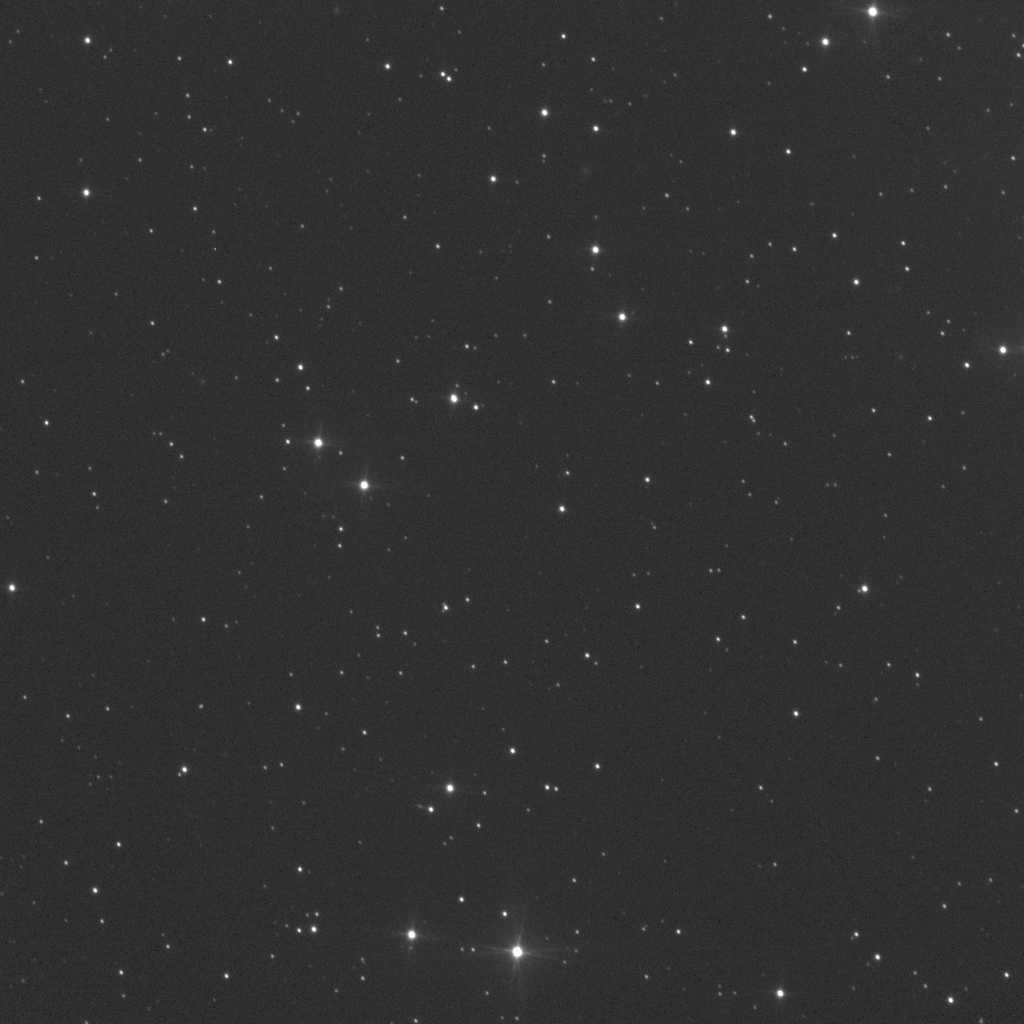Caption: A view of asteroid 2002 AM31 on Friday, July 20 2012, at 08:34 UT by the Faulkes Telescope North. Credit: Las Cumbres Observatory Global Telescope Network.
An asteroid will pass by Earth on July 22, and thanks to the Slooh Space Camera you can watch it zoom by. There’s absolutely no chance this asteroid, named 2002 AM31, could hit Earth, as it is passing by at 14 times the distance of the Moon. But it should be interesting to watch the action live! As they have done with recent asteroid close passes, Slooh live-stream telescope views of the near-approach of this city-block-sized asteroid at http://www.slooh.com, starting at 4:30 p.m. PDT / 7:30 p.m. EDT / 23:30 UTC — accompanied by real-time discussions by Slooh’s Patrick Paolucci and Astronomy magazine columnist Bob Berman.
The asteroid is estimated to be 620 m to 1.4 km (2,000 to 4,500 ft wide) and will pass within 14 times the Moon’s distance from our planet.
Due to its size and proximity to Earth, 2002 AM31 qualifies as a near-Earth object as it’s more than 500 feet wide and within 4.65 million miles of Earth.
“Near Earth objects are no longer treasures only for the paranoid, or for those who secretly and strangely are rooting for an early apocalypse,” said Berman. “The entire astronomical community has reversed its thinking about them over the past few decades. Instead of living on an “island Earth” with little or no connection with other celestial objects, we now feel that collisions with comets or asteroids change the evolution of our biosphere, and maybe even seeded our world with the amino acids that started life long ago. In other words, these are important entities. Not to mention, there’s always that exciting little hint of danger.”
“One of our missions at Slooh is to provide the public with free, live views on fascinating celestial happenings,” says Patrick Paolucci, President at Slooh. “Near-Earth asteroid 153958 (2003 AM31) represents 1 of approximately 9,000 whizzing past Earth at any given moment, and we wanted to highlight this one as it’s only 13.7 lunar distances from Earth — similar to near-Earth asteroid LZ1 which zoomed past us unexpectedly mid-June.”

